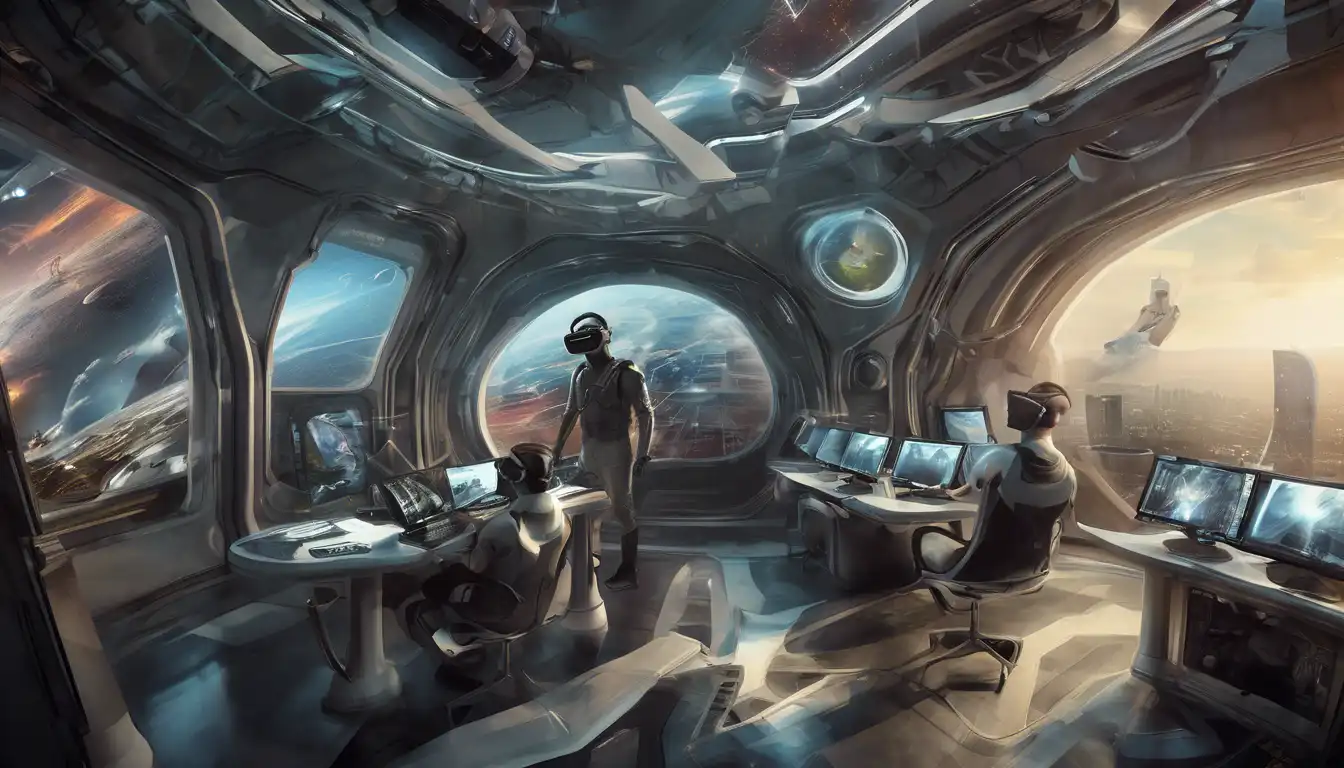Introduction to Virtual Reality
Virtual Reality (VR) has emerged as a groundbreaking technology that is reshaping how we interact with digital environments. From gaming to education, VR is paving the way for immersive experiences that were once the stuff of science fiction.
The Evolution of Virtual Reality
The journey of VR from a niche concept to a mainstream technology is a testament to human ingenuity. Early experiments in the 20th century laid the groundwork for today's advanced VR systems, which offer unparalleled immersion and interactivity.
Applications of Virtual Reality
VR's applications span across various sectors, including:
- Gaming: Offering players an immersive experience that traditional games cannot match.
- Education: Enabling students to explore historical sites or scientific concepts in a virtual setting.
- Healthcare: From surgical training to therapy, VR is revolutionizing patient care.
- Real Estate: Allowing potential buyers to tour properties remotely.
The Future of Virtual Reality
As technology advances, the potential for VR is limitless. With the integration of artificial intelligence and the Internet of Things, VR is set to become even more immersive and interactive. The future may see VR becoming a staple in workplaces, social interactions, and beyond.
Challenges and Considerations
Despite its potential, VR faces challenges such as high costs, technological limitations, and health concerns like motion sickness. Addressing these issues is crucial for widespread adoption.
Conclusion
Virtual Reality stands at the forefront of technological innovation, offering endless possibilities. As we continue to explore its potential, VR is undoubtedly shaping the future of how we live, work, and play.
For more insights into the latest tech trends, check out our articles on Tech Trends and Digital Transformation.
